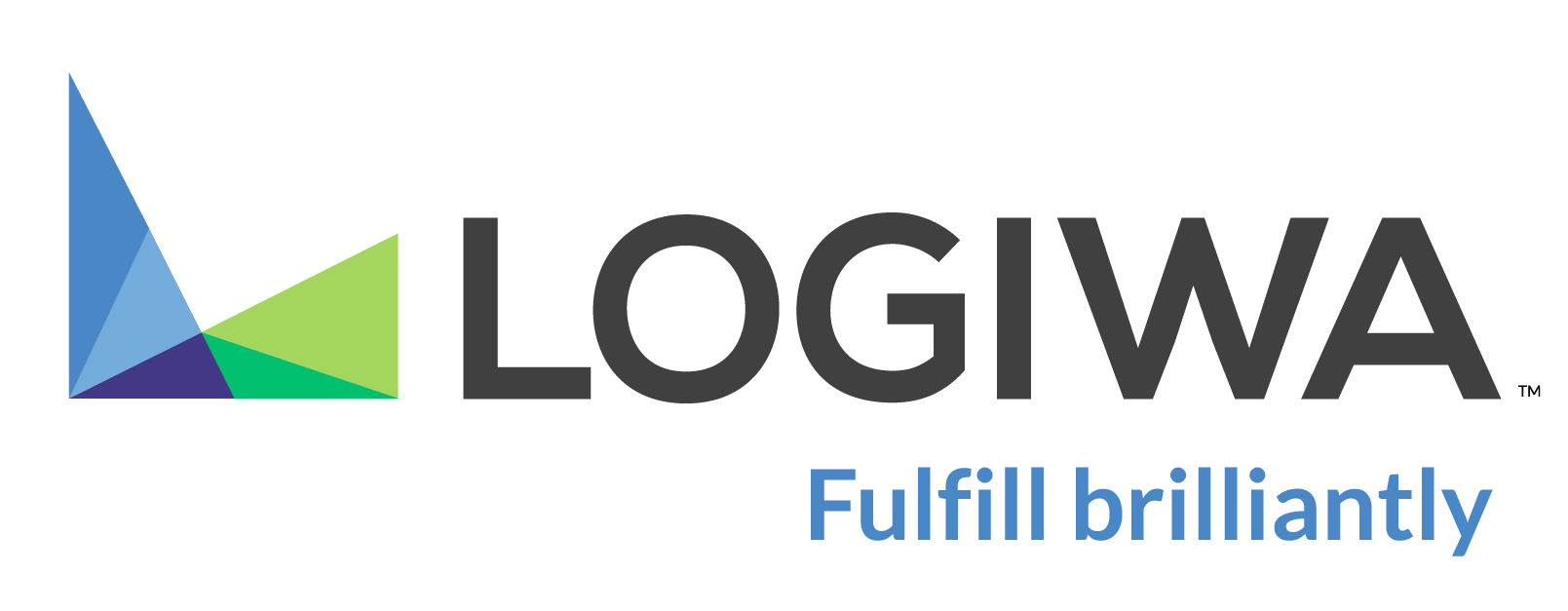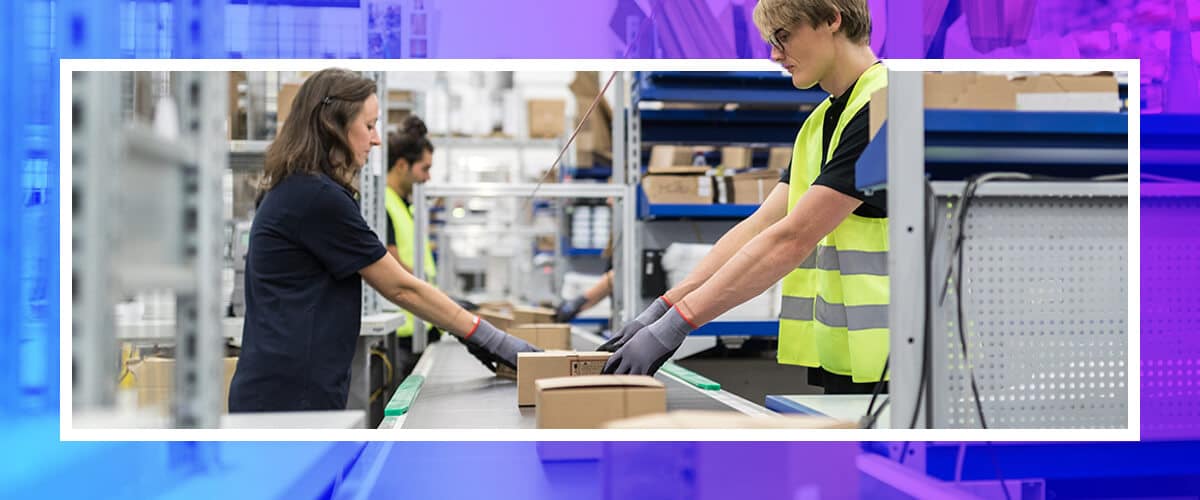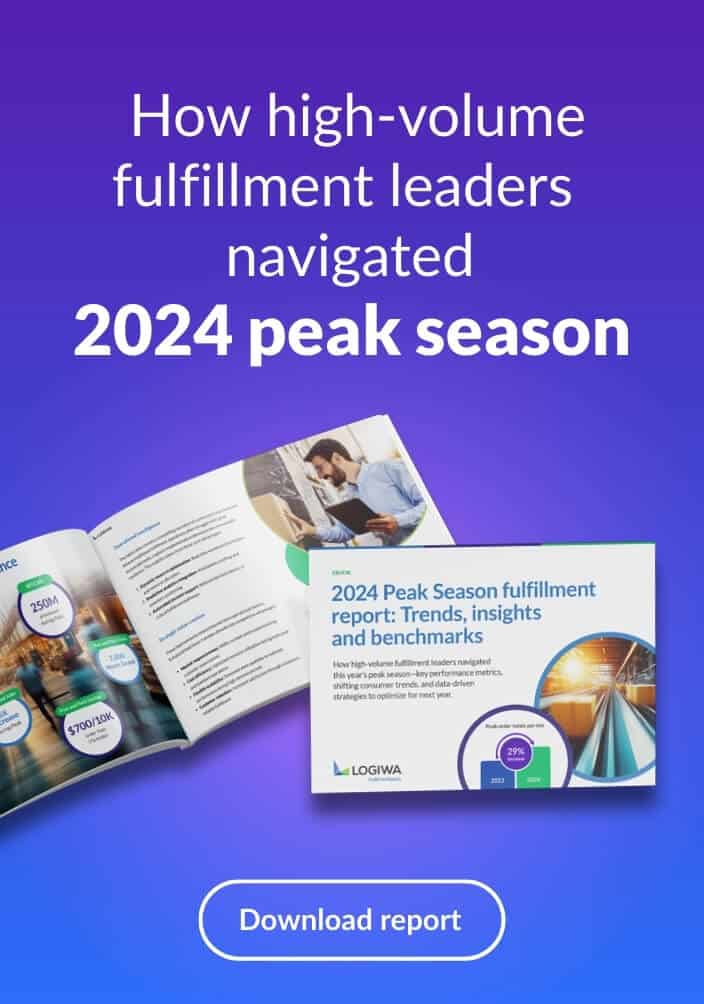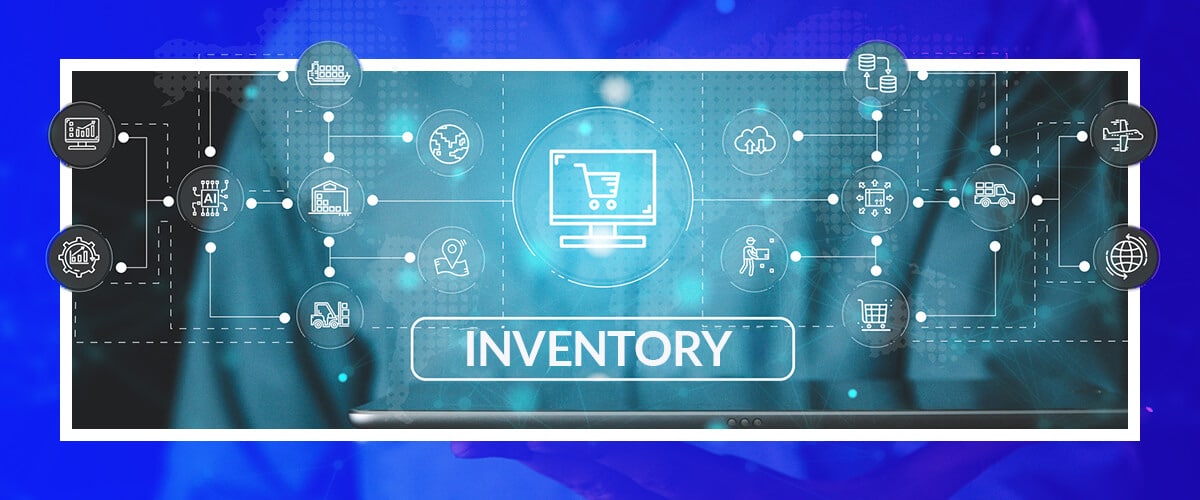At the same time, expectations aren’t softening, as clients still want speed, accuracy, and visibility. They expect their 3PL partners to flex with changing requirements and not scramble every time there’s a delay upstream or a sudden spike in order volume.
In this scenario, resilience doesn’t only mean powering through. It means adapting and pivoting to client requirements. For fulfillment managers, this agility begins on the warehouse floor with how processes and people work together. More specifically, it begins with the warehouse management system. This guide covers how adaptive WMS software helps keep operations flexible and responsive for whatever comes their way.
Key takeaways
- Adaptive WMS platforms enable 3PLs to stay flexible and responsive in the face of supply chain disruptions and evolving customer expectations.
- Unlike traditional systems, adaptive WMS supports rapid scaling, real-time inventory management, automation, and multi-channel fulfillment without the operational drag.
- Logiwa IO offers a next-gen solution tailored for high-volume, tech-enabled 3PLs, with proven results in efficiency and scalability.
- Investing in an adaptive WMS is a strategic shift toward building long-term resilience in warehouse operations
Why 3PLs need adaptive warehouse management systems
Adaptive warehouse management systems for 3PLs don’t only control inventory and manage orders. They also facilitate quick response to change, be it fluctuating labor availability or client requirements.
Traditional WMS platforms usually rely on rigid workflows. They also require heavy customization to adapt to changing conditions. In contrast, adaptive WMS software is more configurable out of the box.
Adaptive WMS key features include real-time inventory management for logistics, rule-based automation, intuitive user interfaces, open API architecture, and multi-channel management. These systems also integrate with other tools like robotics and enterprise resource planning systems. As a result, warehouse managers can adjust workflows without starting from scratch.
Besides functionality, traditional and adaptive WMS systems differ in speed and flexibility. The latter are built for agility, making them suitable for warehouses that handle multi-client operations or support omnichannel fulfillment.
These systems are extremely beneficial in dynamic warehouse environments, where they offer faster onboarding, better labor allocation, and reduced manual intervention. Plus, they allow warehouse managers to test and deploy new workflows without a major overhaul.
Building 3PL resilience with an adaptive WMS
In 3PL operations, resilience hinges on successfully navigating supply chain disruptions. Building a resilient warehouse operation benefits from the adoption of adaptive WMS.
An adaptive WMS allows real-time inventory tracking across multiple nodes in single facilities and national fulfillment networks. This gives warehouse managers more clarity to deal with situations like delayed shipments or misaligned inventory.
Scalability is another strength. As order volumes shift or new clients come on board, adaptive WMS solutions can expand without the need for heavy reconfiguration.
Warehouse managers can update rules and adjust workflows as required. If needed, zones can be repurposed without disrupting day-to-day operations. Such flexibility is a must for tech-enabled fulfillment networks and 3PLs supporting ecommerce brands with volatile demand.
It’s also easier to integrate automation and robotics with adaptive WMS software. With open APIs and modular architecture, they can sync with AS/RS systems, AMRs, or automated sorters without a six-month IT project.
The 3PL warehouse automation solutions can help warehouse managers increase throughput without adding headcount. Their plug-and-play compatibility offers a quick implementation time, which is another plus.
These systems also support smart decisions since they have built-in analytics and data visualization tools. Warehouse managers can spot trends and forecast demand. Some software even incorporates predictive analytics to help warehouse teams stay one step ahead.
Unlock a personalized tour of Logiwa IO
Achieving responsive fulfillment with Logiwa IO
Logiwa IO goes beyond traditional WMS. It’s a fulfillment management system (FMS) designed for high-volume, high-velocity operations. Unlike legacy WMS tools that struggle to keep up with today’s ecommerce and omnichannel demands, Logiwa IO is cloud-native, driven by AI, and ready to support 3PL providers, DTC brands, and B2B fulfillment under one agile system.
The platform combines real-time inventory accuracy, fast order execution, and seamless automation integration to support warehouse managers. Its up to 100% uptime further boosts productivity.
Meanwhile, easy integrations across ecommerce, shipping, robotics, and accounting systems allow 3PLs to connect their entire tech stack without custom dev work.
Logiwa has helped companies like ShipCube shift away from rigid legacy systems and move toward scalable, responsive fulfillment. After replacing Veracore, ShipCube was able to get their first warehouse live on Logiwa in just three weeks.
The company experienced a 31% boost in single-SKU order picking, 60% more outbound shipments, and a 10x reduction in training time for new associates. Hooner Baweja, the CEO of ShipCube, praised the platform for being “very intuitive and making everyone more efficient.”
Another multi-warehouse 3PL saw similar success. They used Logiwa’s integrations and robotics compatibility to expand their fulfillment network. Using the platform resulted in the shipment of 215% more orders and the completion of 265x more packing tasks.
Implementing adaptive WMS in 3PL operations
To implement adaptive WMS in 3PL operations, warehouse managers first need to assess their current operations. Look at where the bottlenecks happen and which manual processes are slowing things down.
Once those needs are mapped out, the next step is evaluating WMS solutions that can actually meet them. Look for cloud-native and API-friendly platforms built to support automation.
Strong reporting tools, configurable workflows, and multi-client capabilities are especially important for 3PLs juggling multiple brands or fulfillment channels. Plus, warehouse managers must check if the platform is easy to integrate with ecommerce platforms, ERPs, robotics, and shipping tools.
When it’s time to implement, phase rollouts work best. Successful 3PLs build training into the schedule and avoid big-bang deployments. They also communicate clearly to set expectations and manage change.
However, change management shouldn’t stop after the software goes live. Instead, ongoing feedback and system optimization help keep the WMS running as intended.
Conclusion
Resilient 3PL operations are built on flexibility and insight rather than rigid systems. Adaptive WMS platforms make this possible by giving warehouse managers the tools to respond in real-time and optimize workflows as needed.
Since the logistics industry faces regular disruption and rising customer expectations, the use of adaptive WMS platforms is a competitive advantage. 3PL providers that want to grow and manage fulfillment complexity must invest in adaptive WMS.
Adaptive systems like Logiwa IO provide the foundation for this resilience. Ready to future-proof your warehouse? Book a demo of Logiwa IO today.





